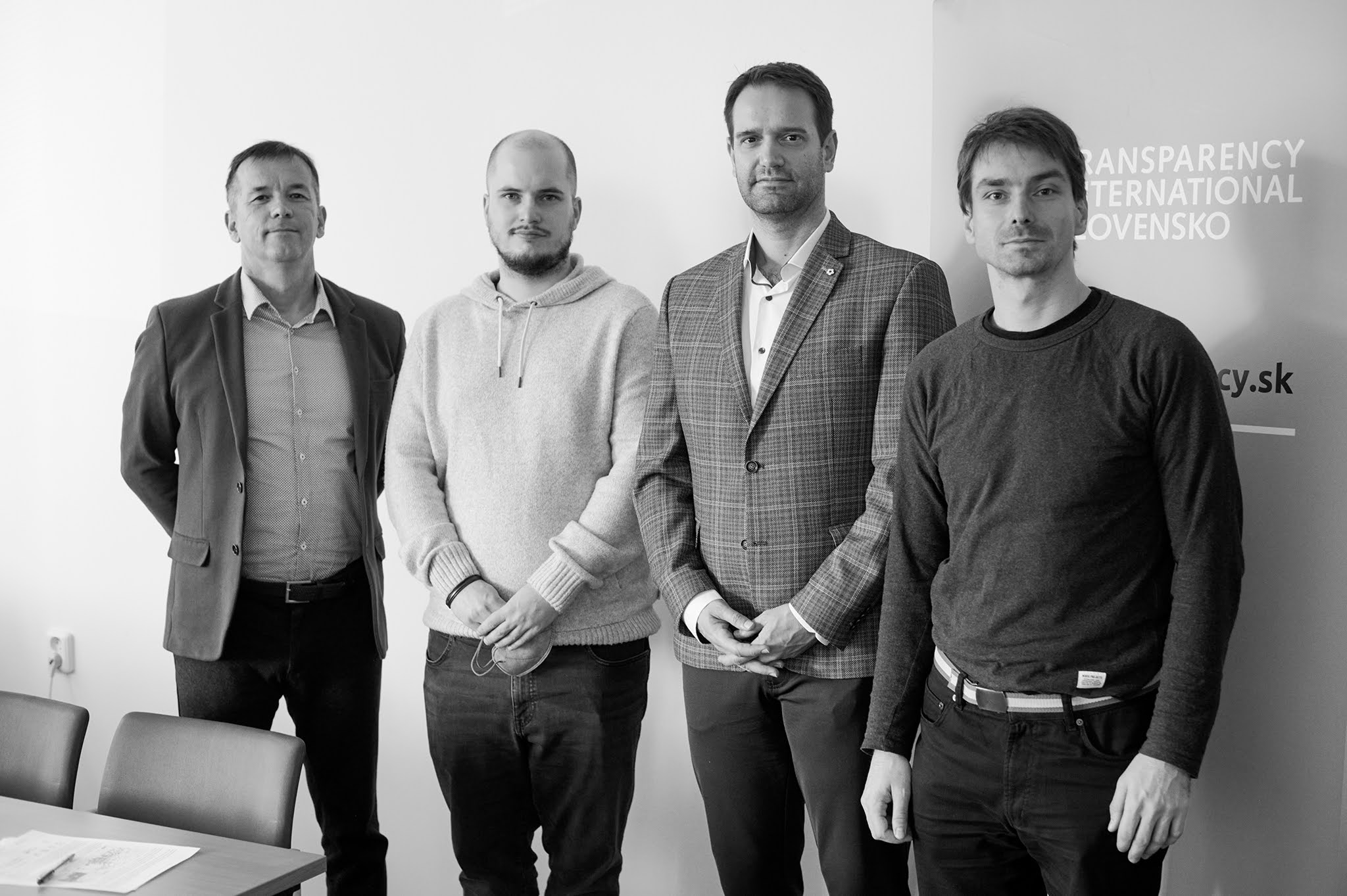Ethical dimensions in purchasing are commonly addressed in topics related to ecology or human rights but are neglected when it comes to corruption. Why should money be spent on services which end up in the pockets of people who have earned their possessions via unfair practices and whom state administrations has been long trying to expose and punish?
Kto Vlastní Slovensko? – Who Owns Slovakia?
Kdo stojí za projektem: Transparency International Slovensko (Transparency International Slovakia)
Odpovědná osoba: Zuzana Grochalová

2023
2. cena
SK
Občanská společnost / Sociální podnik
Vzdělávání
Místní rozvoj
Ostatní

The project offers a map of transparency of ownership structures of businesses. This is an important new part of the fight against corruption; being able to see where money goes helps distort corruption schemes. The Kto Vlastní Slovensko? (Who Owns Slovakia?) project is bringing this topic to citizens in a comprehensible manner and offers them an easy way to get personally engaged in fighting corruption.
In addition to Transparency International Slovakia, the project involves Slovak and foreign tourists. Travel-influencers are also sharing the map. The media have published tens of articles about the project – in Czech and English as well. Finally, the wider public is involved too by commenting on the map.
The project has provided the best grade (excellent hotel) to over 50% of assessed hotels, and the worst grade (problematic hotel) to a tenth of them. 298 tourist facilities were assessed by an expert commission and feedback was received from owners. In less than 10 months, the portal received almost 3,600 searches and over 30 reports from the public.
Within discussions on social media and public events about the project, there has been repeating request to add new segments e.g. gastronomic business, pharmacies, banks. The Transparency International Secretariat in Berlin has also expressed their intention to replicate the portal, as did the Czechia chapter.
The portal Kto Vlastní Slovensko? provides a powerful tool that shapes the way money is spent in the tourism sector. It sheds light on hidden ownership structures and makes it easier for customers to make informed decisions. The project has the potential to be transferred to other countries and issues, even to those that score better on the transparency scale.